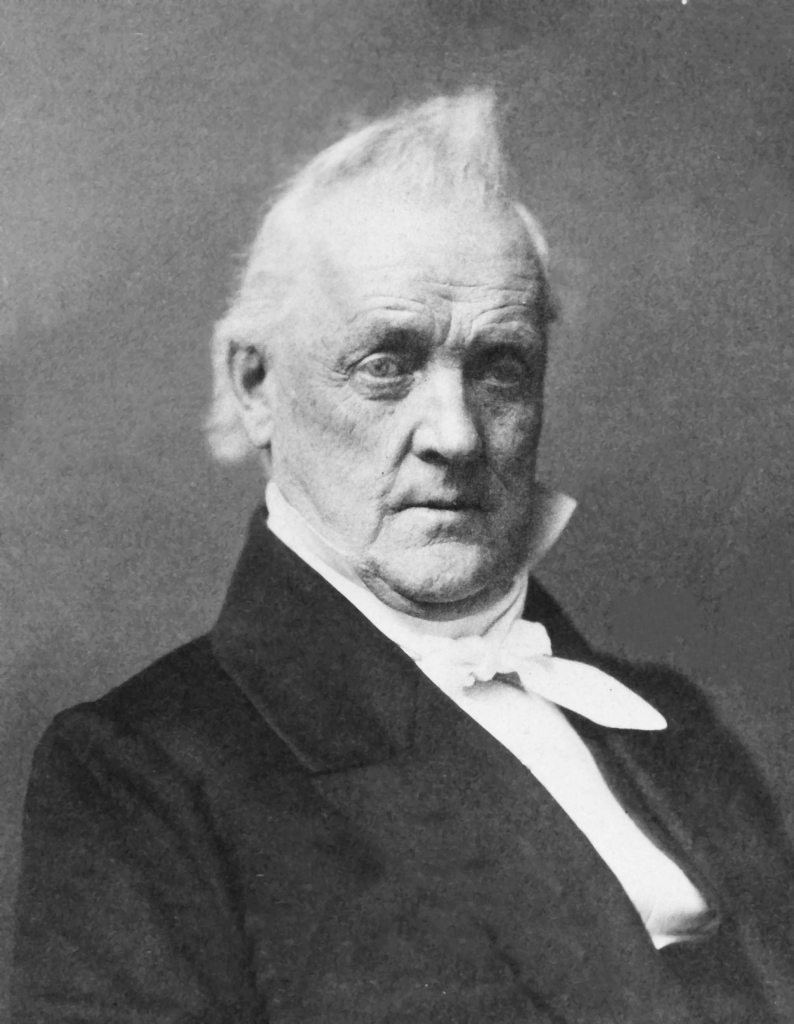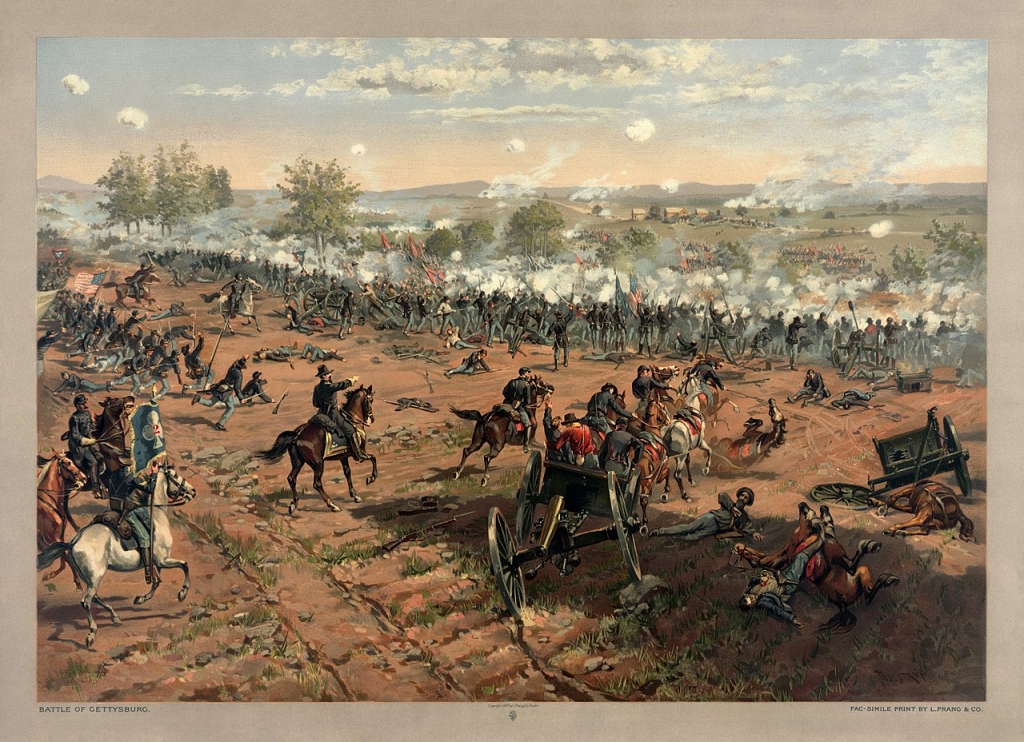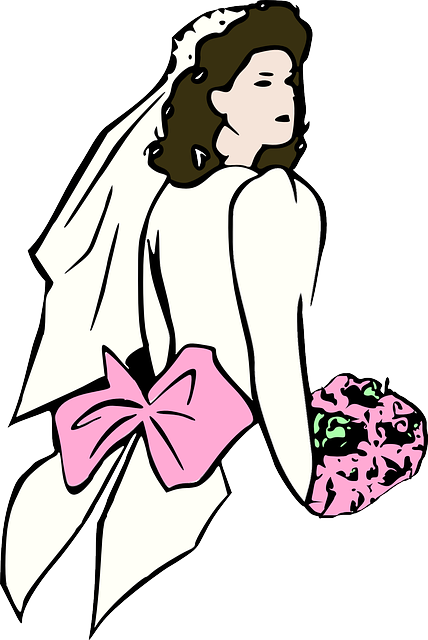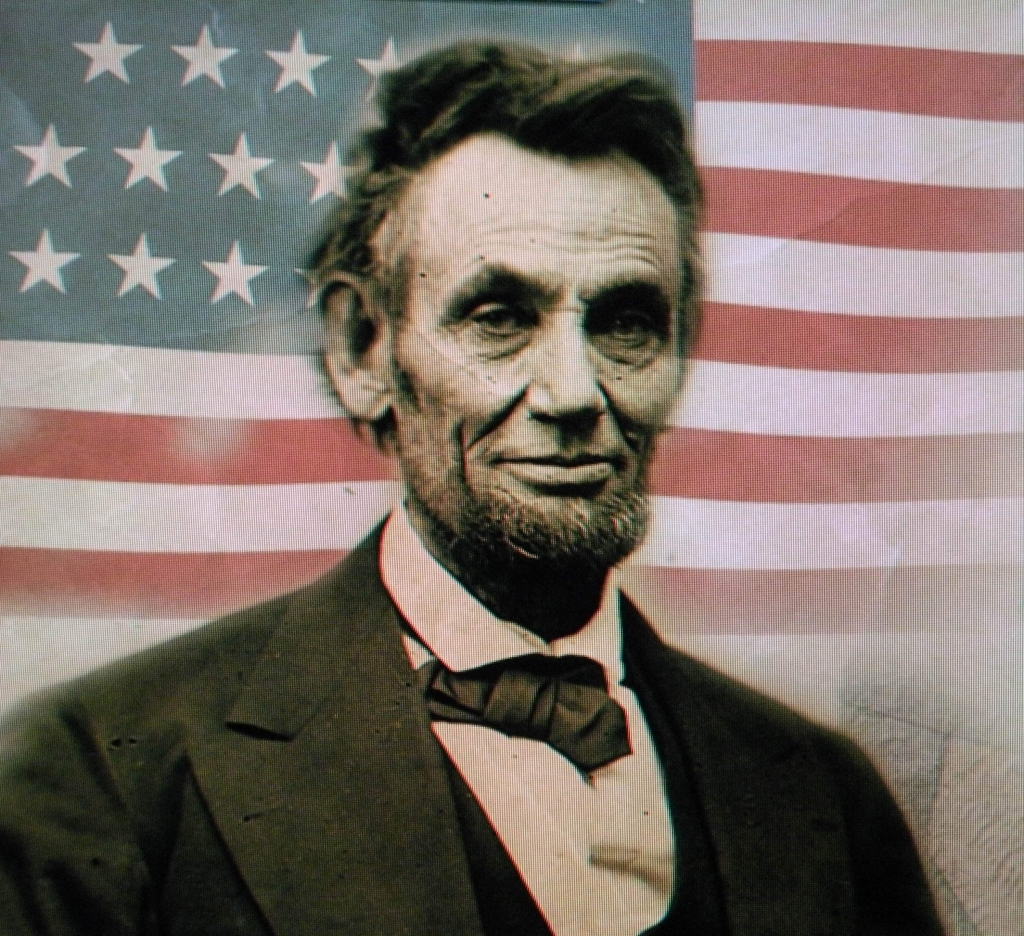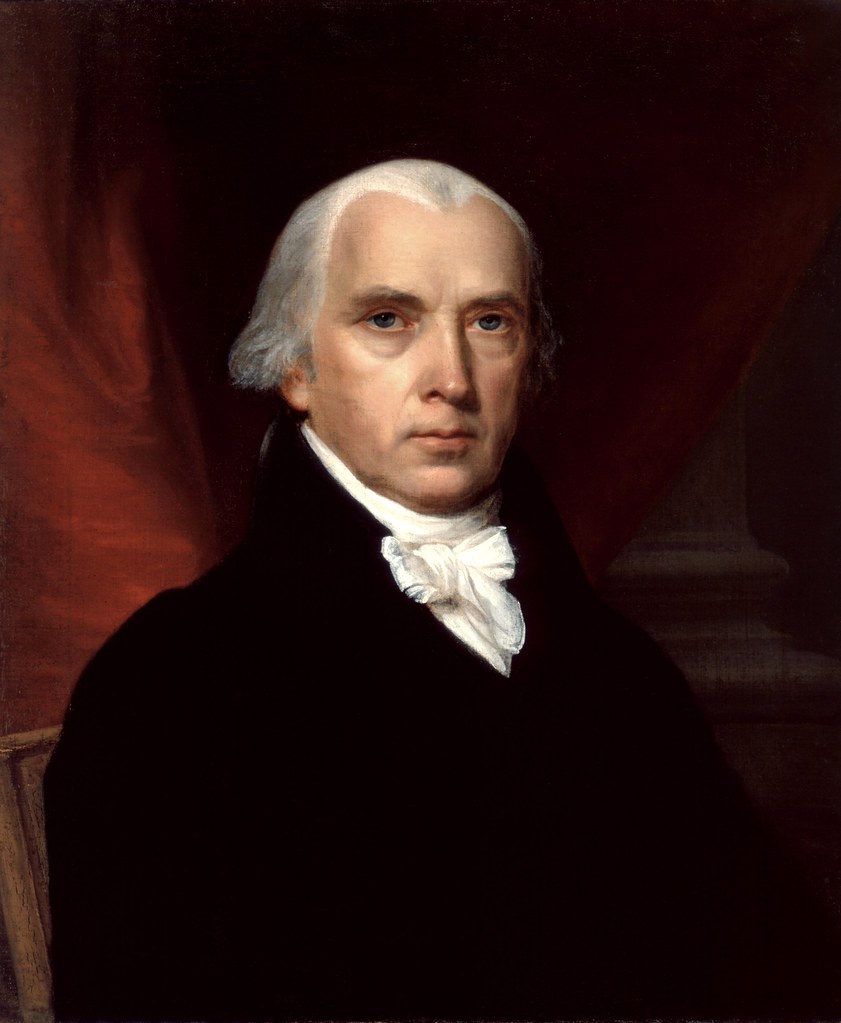James Buchanan Biography
Fifteenth President of the United States
Years Served as President: 1857-1861
Vice President: John Cabell Breckinridge
Party: Democrat
Age at Inauguration: 65
Home State: Pennsylvania
Date of Birth: April 23, 1791
Died: June 1, 1868
Married: Never married
Children: None
Nickname: Ten Cent Jimmy, Old Buck
What is James Buchanan known for?
James Buchanan is most famous for being the last president before the American Civil War broke out.
Although he tried to keep the United States out of war, most of his policies only divided the states more. He is considered the worst U.S. president by many historians.
Early Life
James Buchanan was born in 1791 in Cove Gap, Pennsylvania. His father was an Irish immigrant who worked as a merchant.
Buchanan attended Dickinson College. He studied law and was admitted to the bar in 1812. He soon opened his own successful practice in Lancaster, Pennsylvania.
Family Life
James Buchanan was the only U.S. president who was never married. He was engaged to Ann Coleman in 1819, but the wedding was called off later that year.
Coleman’s unexpected death soon afterward was rumored to be a suicide, and Buchanan was not allowed to attend her funeral.
Political and Military Career
From 1814 to 1816, Buchanan served in the Pennsylvania legislature. He was then elected to the U.S. House of Representatives in 1820. He served in the House of Representatives for the next ten years.
When Andrew Jackson was elected president in 1828, he appointed Buchanan the U.S. ambassador to Russia. After returning to the United States, Buchanan was elected to the Senate.
In 1845, he was named Secretary of State by President James K. Polk. During his time as Secretary of State, the territory of the U.S. grew by more than one-third.
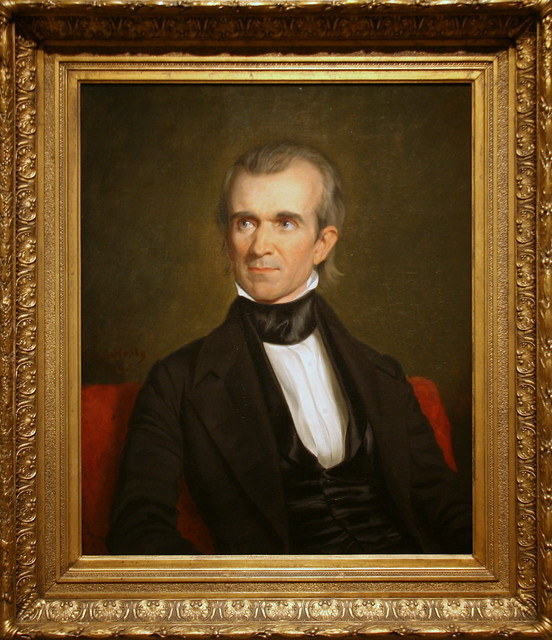
In 1853, Buchanan was appointed the minister to Great Britain by President Franklin Pierce. He helped draft the 1854 Ostend Manifesto, which would have justified an American invasion of Cuba.
The manifesto was never acted on, but it did cause anger from Northerners who believed that Cuba would become a slave state.
After the Democrats decided not to nominate Franklin Pierce for reelection, they chose James Buchanan as the Democratic nominee.
During his campaign, Buchanan said that slavery was an issue to be decided by the states and territories. His opponent, John Fremont, believed that the federal government should ban slavery in all states.
Buchanan won the election with 45 percent of the popular vote and 174 electoral votes (to Fremont’s 114).
Presidency
Buchanan put together a cabinet of both Southerners and Northerners, hoping to keep the peace between the states. However, many believed that he was more sympathetic to the South.
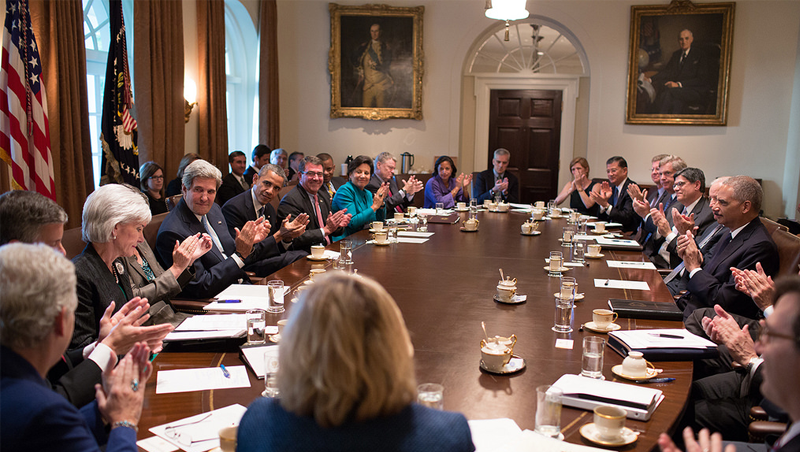
Two days after he took office, the Supreme Court handed down the Dred Scott decision. It said that the federal government had no power to regulate slavery; this was the decision of the states and territories.
It also said that African Americans did not have the rights of U.S. citizens. Buchanan hoped the ruling would calm the slavery issue, but it only increased tensions. There were also reports that Buchanan may have influenced the Supreme Court’s decision.
Buchanan then supported the Lecompton Constitution, which would have allowed Kansas to become a slave state. Kansas eventually became a free state, but Buchanan’s stance was not forgotten by Northerners.
In 1858, the Republican Congress blocked most of Buchanan’s legislation. In turn, Buchanan vetoed Republican legislation. Relations between Congress and the president became strained.
James Buchanan had stated in his inaugural address that he would only serve one term, and he honored his promise not to run for reelection.
After Abraham Lincoln had been elected president, but while Buchanan was still in office, South Carolina seceded from the Union.
Soon, Mississippi, Florida, Alabama, Georgia, Louisiana, and Texas had followed suit. Buchanan didn’t think that the states had the right to secede, but he also felt he had no constitutional power to stop them.
He left Lincoln to deal with the succession issue, slavery, and the impending Civil War.
After the Presidency
James Buchanan retired to Wheatland, his estate in central Pennsylvania. On April 2, 1861, just over a month after he left office, Confederate forces fired on Fort Sumter and the Civil War began.
During the war, Buchanan supported Abraham Lincoln and his policies.
In 1866, Buchanan published Mr. Buchanan’s Administration on the Eve of Rebellion, a memoir that defended his presidency.
Just before his death, he said, “History will vindicate my memory from every unjust aspersion.” He died in 1868 at age 77 and was buried at Woodward Hill Cemetery in Lancaster, Pennsylvania.
Fun Facts About James Buchanan
James Buchanan was nicknamed “Ten Cent Jimmy” after saying that ten cents was fair daily pay for laborers.
He was also called a “doughface,” meaning he was a Northerner who favored Southern policies.
Buchanan was once offered a seat on the Supreme Court.
When he was traveling for meetings as president-elect, Buchanan became very ill and almost died.

Buchanan is the only U.S. president from Pennsylvania.
In the White House, Buchanan’s niece Harriet Lane performed First Lady duties and became a popular figure. She was nicknamed the “Democratic Queen.”
On his way out of the White House, Buchanan reportedly told Lincoln, “If you are as happy in entering the White House as I shall feel on returning to Wheatland, you are a happy man.”

